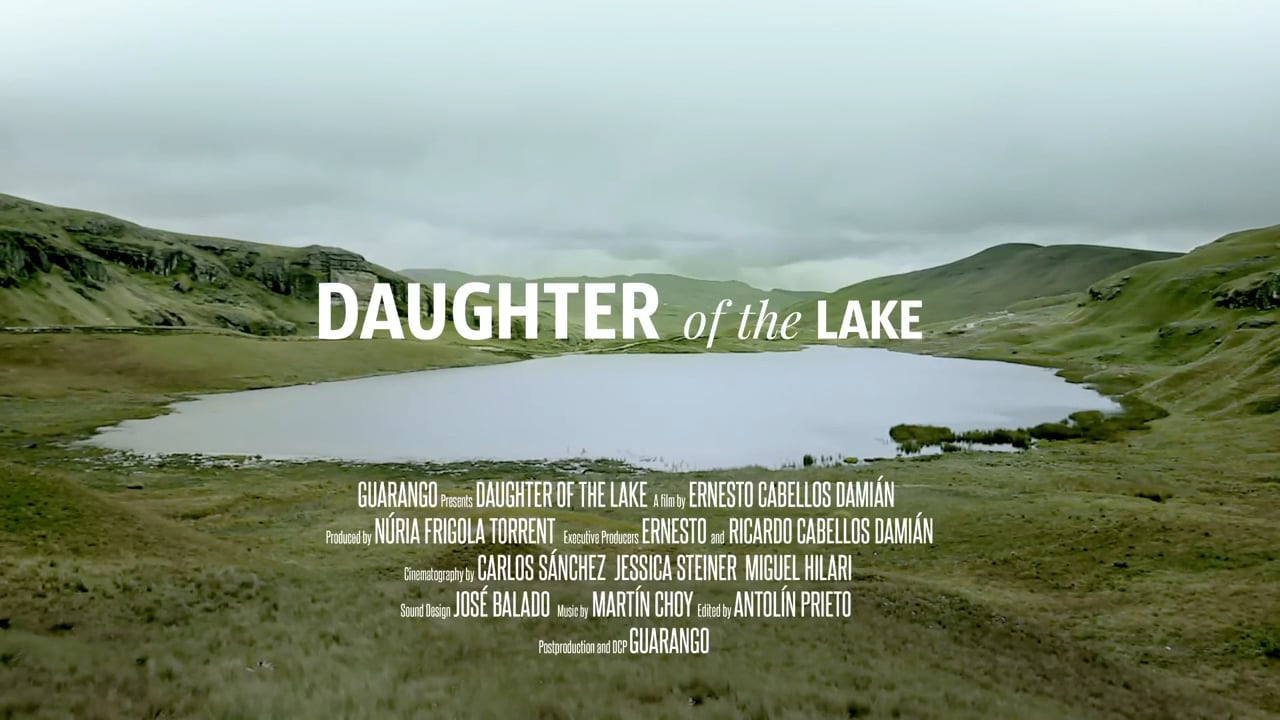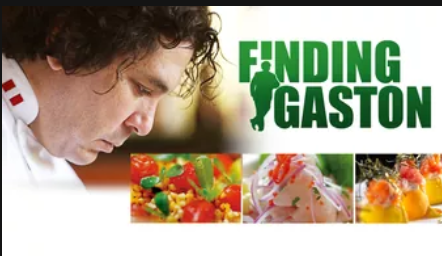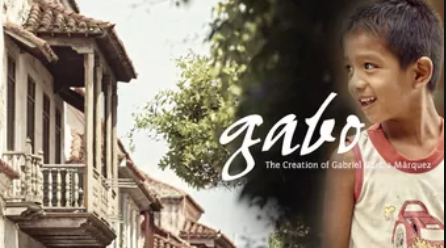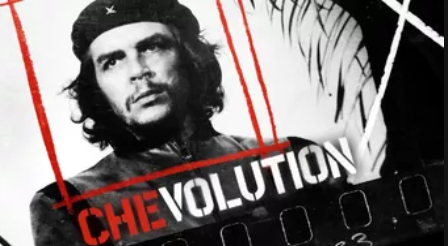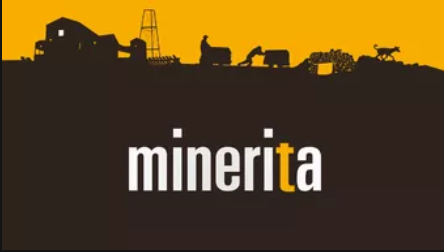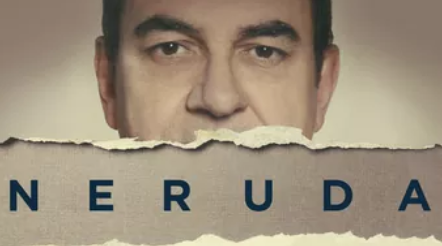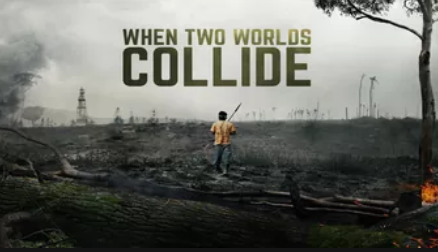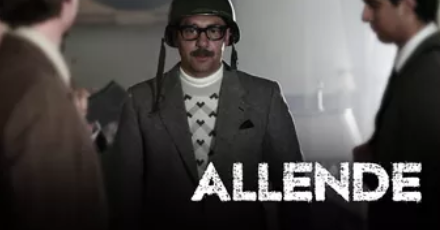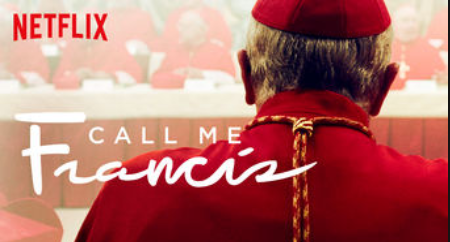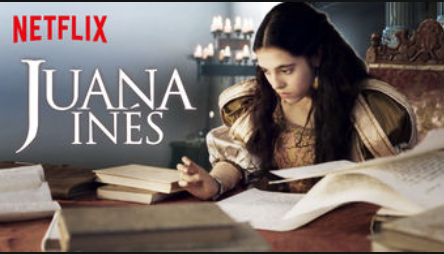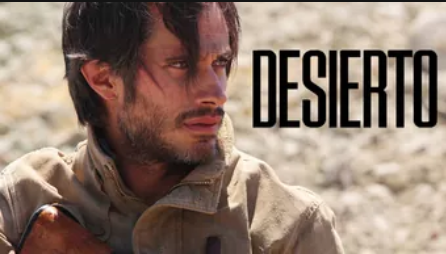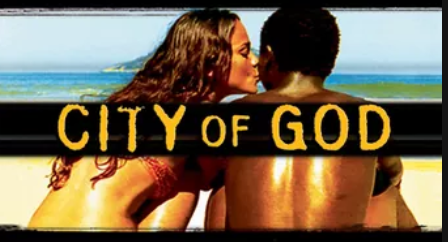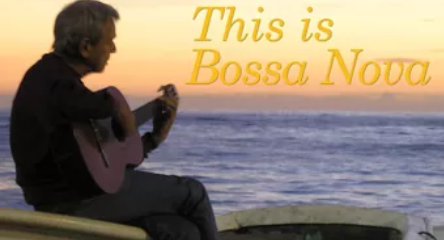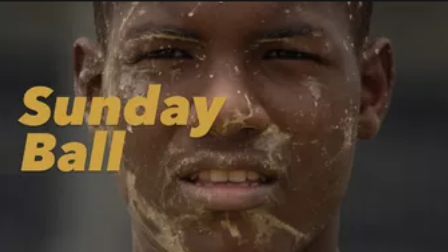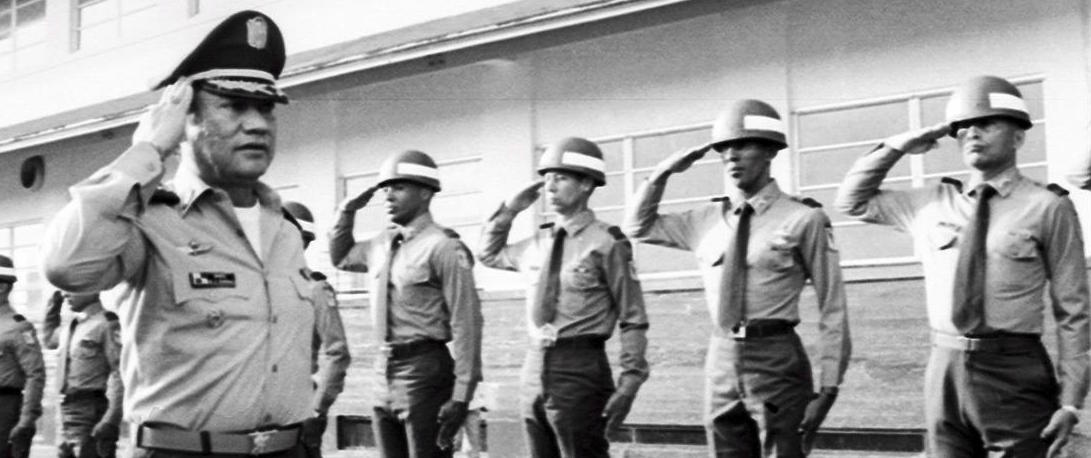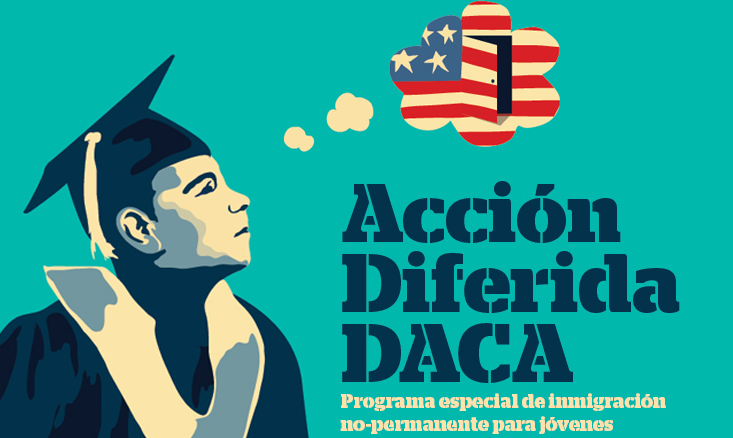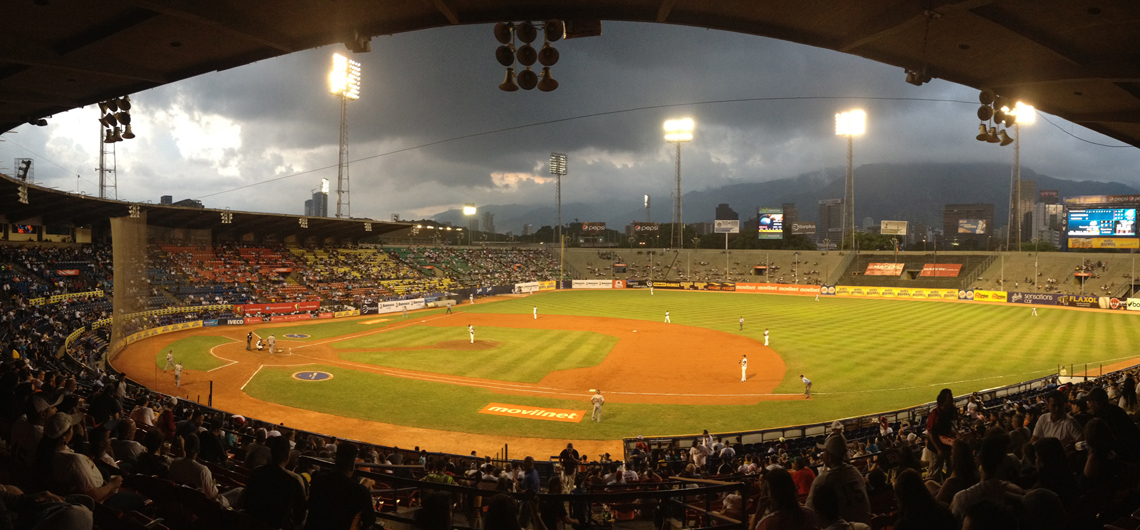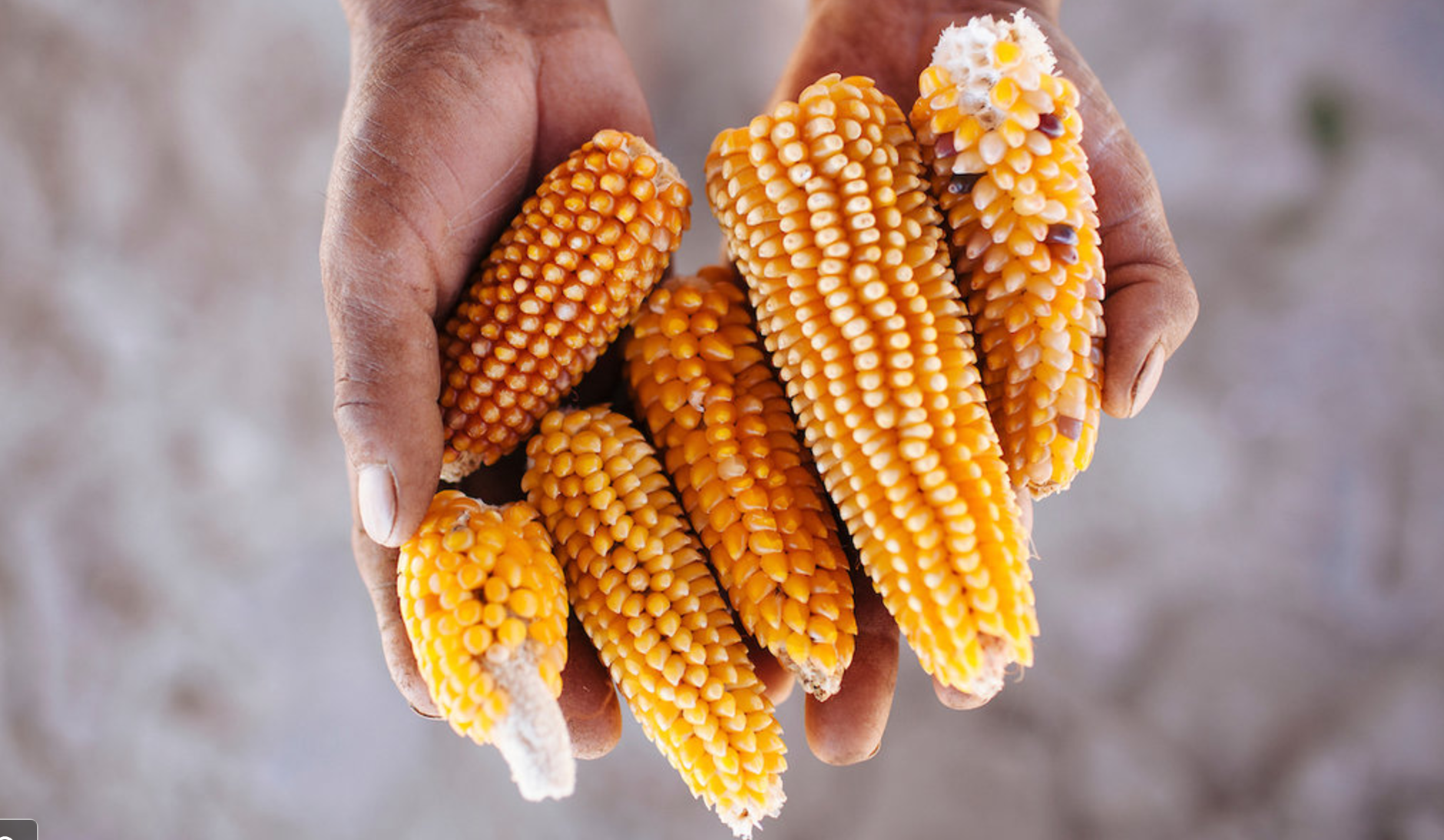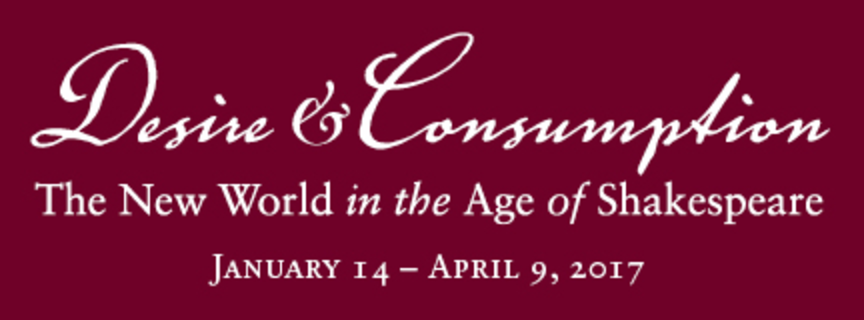Last updated November 21, 2017 – not comprehensive:
All posts by Slade, David
Latin American and Caribbean Films
List of Films available from Berry College through the online video service Kanopy:
A Zest for Life – Afro-Peruvian Rhythms
Black and Cuba – Students Explore Race and Society in Cuba
Chinese Take-Away – Un Cuento Chino
Connected by Coffee – Latin American Coffee Farmers
El Cacao: The Challenge of Fair Trade
Gods and Kings – Mass Media and Tradition in Guatemala
Habeas Corpus – Protecting the Persecuted After the 1973 Chilean Military Coup
I Will Be Murdered – Murder in Guatemala
In the Shadows – Undocumented Immigration in America
Maquilapolis: City of Factories
Mayan Renaissance – The Untold Story of the Maya
Mercedes Sosa: The Voice of Latin America
Oscar Arias: Without A Shot Fired – Trying to Stop the Proliferation of Weapons
The Garifuna Journey – Celebrating the Resiliency of the Indigenous People of Belize
The Last Colony – Puerto Rico’s Unique Relationship With The United States
The Longing – The Forgotten Jews of South America
The Struggle For Sustainable Tourism
Venezuela: Revolution From the Inside Out
When Two Worlds Collide – A Battle for Indigenous Amazonian Land
LCS Collection
These films are held in the LCS Program collection. Please see the professor.
Botín de guerra / Spoils of War (Argentina, 2007)
Soy Cuba / I am cuba (Cuba, 1964)
Sin nombre / Without a name (Mexico/U.S.A, 2009)
Mexico 68 (Mexico)
María llena eres de gracia / Maria full of grace (Colombia/U.S.A., 2004)
La ley de Herodes / Herod’s Law (Mexico, 1999)
Guadalupe (Mexico, 2006)
El secreto de sus ojos / The secret in their eyes (Argentina, 2009)
El minero del Diablo / The Devil’s Miner (Bolivia, 2005)
Cocalero (Bolivia, 2007)
Ciudad de Dios / City of God (Brazil, 2003)
Bolívar soy yo / Bolivar I am (Colombia/France, 2002)
Alamar/ To the sea (Mexico, 2009)
Tambien la Lluvia/ Even the Rain (Bolivia; Environment; Feature Film)
Un Cuento Chino (Argentina; Migration; Magical Realism; feature film)
The Harvest/ La Cosecha (U.S.; Migration; Economics; Documentary)
Love in the Time of Cholera (Colombia; Literature; Adaptation of Novel)
The Motorcycle Diaries (Argentina +; Politics; Biographical feature film)
Sugar (DR + US; Sports; Feature Film
The Agronomist (Haiti; Politics; Documentary)
NPR Code Switch: Who Put The ‘Hispanic’ In Hispanic Heritage Month?
Hispanic Heritage Month is a nationally recognized, not-quite-a-month. (It’s the back half of September and the front half of October).
That, according to the government’s website, is because Sept. 15 marks the anniversary of Independence from Spain in El Salvador, Nicaragua, Honduras, Guatemala and Costa Rica. (Mexico declared its independence a day later). And Oct. 12 is Día de la Raza, loosely translated as Day of the Race, or “Columbus Day” — a national holiday in a number of Latin American countries.
Read More: “Who Put The ‘Hispanic’ In Hispanic Heritage Month?”
Manuel Antonio Noriega (1934-2017)
“Manuel Antonio Noriega, quien falleció este lunes a los 83 años, fue un temido dictador panameño, muy valorado agente de la CIA, que cayó en desgracia después de ser acusado de narcotráfico y derrocado por una invasión de Estados Unidos.”
El Tiempo, 30 de mayo de 2017
La Prensa (Panamá): “Noriega, el ascenso y caída de un dictador”
El Tiempo (Colombia): “Manuel Noriega, un exdictador aliado de EE. UU. y caído en desgracia”
CNN en Español (EE.UU.): “Muere el exdictador panameño Manuel Noriega”
BBC Mundo (U.K.): “Muere a los 83 años Manuel Antonio Noriega, “el último general de la era militar” de Panamá”
Semana Santa
Antigua, Guatemala La Merced Church procession exit, crowd, Holy Week (Semana Santa) 2014
https://www.youtube.com/watch?v=ZVngBsSAcUg
Semana Santa 2016 en La Antigua Guatemala
https://www.youtube.com/watch?v=oMOmoHJxD2c
Calendario de procesiones en Antigua Guatemala para Semana Santa 2017
https://www.guatemala.com/noticias/sociedad/calendario-de-procesiones-2017-antigua-guatemala-semana-santa-2017.html
TAYTACHA DE LOS TEMBLORES – CUSCO 2016
https://youtu.be/F7_x7139FQY?t=31s
Semana Santa Iztapalapa
https://semanasantaiztapalapa.com.mx/
Semana Santa Quiteña
http://semanasantaquito.com/
Sevilla, España
http://sevilla.abc.es/pasionensevilla/directo-semana-santa/2017/miercoles-santo-ss17/directo-miercoles-santo-semana-santa-de-sevilla-2017.html
DACA y los Dreamers
Vamos a abrir un espacio en nuestra clase para mejor entender el programa de Acción Diferida para los Llegados en la Infancia (Differed Action for Childhood Arrivals). Primero vamos a leer dos documentos publicados por la oficina de U.S. Citizenship and Immigration Services (USCIS), como parte de sus programas humanitarios. Luego vamos a explorar una serie de informes periodísticos producidos por Univisión.
PARA LA TAREA:
- Lea dos documentos de USCIS:
- Escoja un informe en vídeo publicado por Univisión sobre el tema de DACA:
- Enlace: Univisión – DACA, últimas noticias
- Mándele al profesor por correo electrónico el enlace (link) del vídeo que escogió usted y escriba un párrafo pequeño con sus observaciones y comentarios sobre el vídeo (para entregar en clase)
El béisbol y la crisis en Venezuela
El béisbol es un deporte que ocupa un espacio de alta importancia en las culturas de varios países latinoamericanos. En Cuba, la República Dominicana, Venezuela, Panamá, Nicaragua, Puerto Rica y México, el béisbol es parte integral de la cultura deportiva. Daniel García Marco escribe la siguiente nota para la BBC Mundo sobre el béisbol en Venezuela. Dice que el deporte “sirve de alivio para muchas personas y resume a grandes rasgos el carácter del venezolano y la crisis que atraviesa el país.” Después de leer el artículo, por favor conteste las siguientes preguntas para entregar en clase.
BBC Mundo: “Lo que un juego de béisbol me mostró sobre Venezuela y su crisis.”
- Según el artículo, ¿cuál es la crisis nacional en Venezuela?
- ¿Cómo es el béisbol un contexto para la articulación de una identidad nacional en Venezuela? [Por favor conteste con una(s) idea(s) meditada(s).]
- Pensando en el título del artículo, ¿qué es lo que un juego de béisbol le enseñó al autor sobre Venezuela?
New York Times en español: La crisis entre México y Estados Unidos, ¿una nueva oportunidad para el maíz mexicano?
CIUDAD DE MÉXICO – Desde hace algunas semanas, la tensión diplomática entre Estados Unidos y México ha visto resurgir tanto en el plano político como el social a un antiguo protagonista de la relación bilateral: el maíz. O más bien la altísima dependencia comercial de México con su vecino del norte, de donde importa hoy la mayor parte de este grano, eje de su gastronomía —y de su vida— cotidiana.
La crisis entre México y Estados Unidos, ¿una nueva oportunidad para el maíz mexicano?
El fútbol según Eduardo Galeano
El uruguayo Eduardo Galeano (1940-2015) era uno de los escritores más prolíficos de la América Latina contemporánea. Entre sus textos Las venas abiertas de América Latina (1971) y Memoria del fuego (1986) son entre los más conocidos. En 1995 escribió El fútbol a sol y sombra, un texto que la editorial Siglo XXI describe como un libro que “…rinde homenaje al fútbol, música del cuerpo, fiesta de los ojos, y también denuncia las estructuras de poder de uno de los negocios más lucrativos del mundo.” Vamos a explorar el fenómeno del fútbol latinoamericano a través de la perspectiva de Galeano.
BCC MUNDO: La pasión de Eduardo Galeano por el fútbol en 10 frases
LECTURA DE GALEANO EN YOUTUBE: https://youtu.be/SFR1vUYr2n4
Tarea:
- Lea el informe de la BCC Mundo, “La pasión de Eduardo Galeano por el fútbol en 10 frases” y escriba 3 observaciones sobre la importancia del fútbol en América Latina. Llegue a clase lista o listo para presentar y defender sus observaciones.
- Escuche la lectura del libro El fútbol a sol y sombra y seleccione una cita (a quotation) para presentar a la clase. Escriba la cita para entregar con la tarea y también explique su motivo de escoger esta citación específica.
Foto: “Costa Rica surpreende e derrota o Uruguai no Castelão” por Danilo Borges
Desire and Consumption: The New World in the Age of Shakespeare
January 14 – April 9, 2017: Although Shakespeare set The Tempest on a small island off the coast of Italy, many scholars argue that he drew inspiration for the setting, several narrative themes, and the figure of Caliban from the newly encountered Americas. The exhibition will explore this argument by pairing the Rose Library’s Fourth Folio with several engravings from Theodor de Bry’s “Americae” volumes, a series devoted to Columbus’s travels in the Americas, the customs of myriad American inhabitants, and the mistreatment of the native population by Catholic Spaniards. The exhibition will also include several objects from the Carlos Museum’s vast Americas collection, and consider how Shakespeare’s texts may have shaped a specifically English version of colonial contact.
